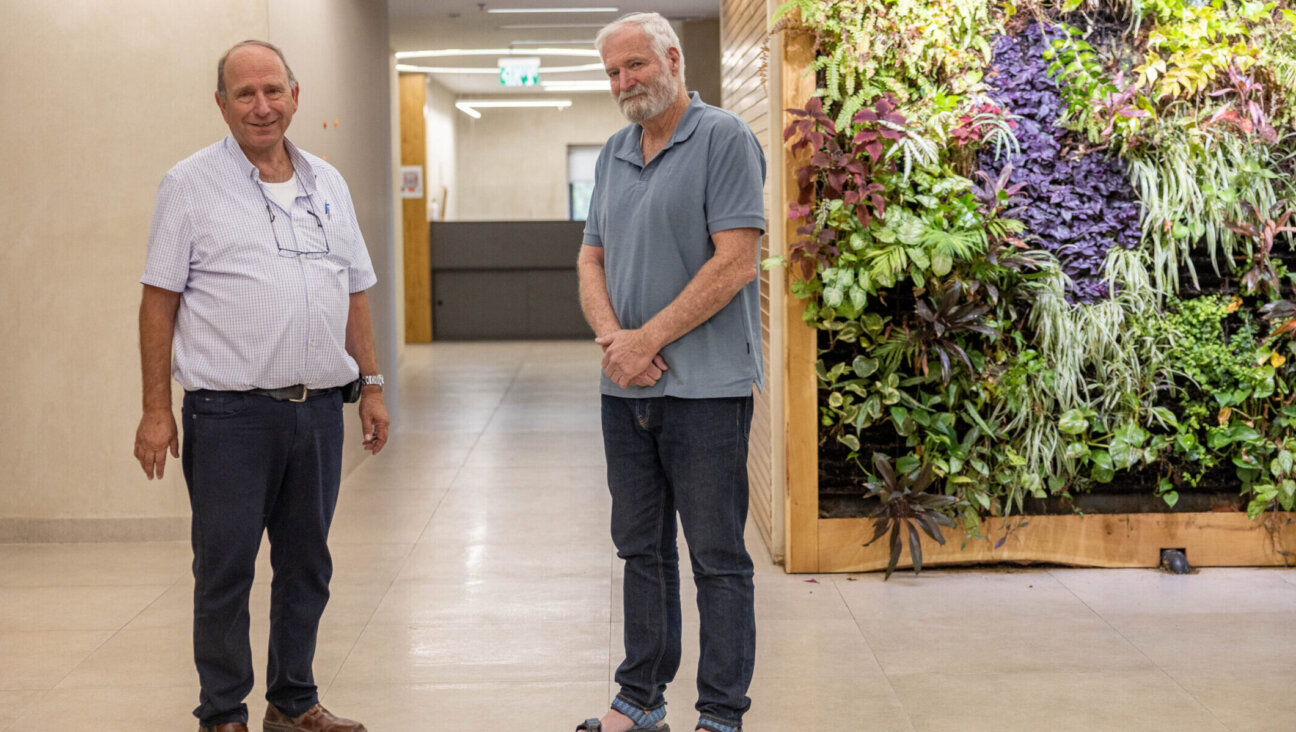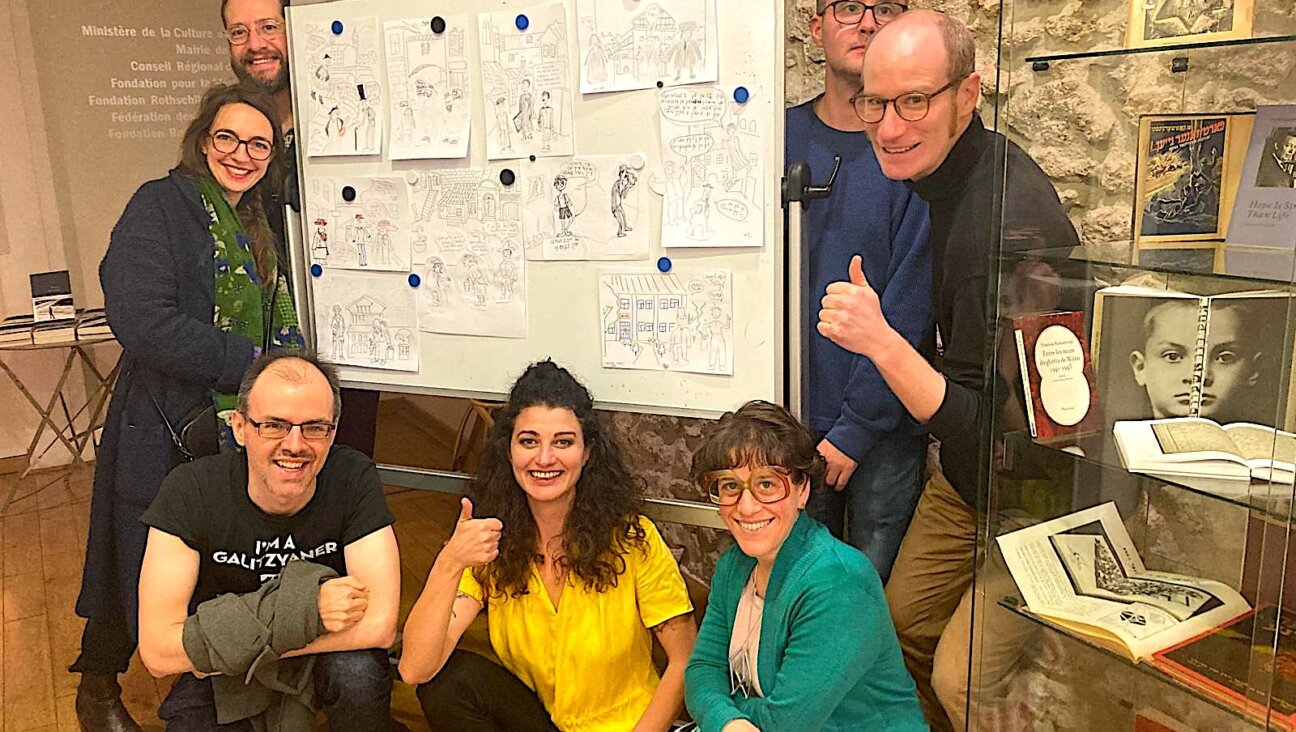Roto: The Last Yiddish Writer of Czernowitz
Helene Belndorfer of Vienna writes:
Josef Burg is the last Yiddish writer in the legendary town of Czernowitz (now the Ukrainian Chernivtsi) and one of the few remaining known Yiddish authors in Europe. As the 95-year-old writer can no longer leave his home — or these days even his bed — the telephone is his lifeline to the world. He talks in Yiddish, Russian, Romanian, Hebrew and, to his Austrian friends, such as myself, in the perfect German of days gone by.
I first met him at a reading in Munich in the late 1990s. Intrigued by what I had heard, I found out his address from his publisher and went in 2001 with friends by train to Ukraine to visit him. Since then, we have been in constant touch with him, fascinated by his humor and pragmatism, as well as by the window he opens onto a time when Czernowitz was part of the Austro-Hungarian empire and a multicultural hub of literature and education. Now only one person can read the Yiddish Forverts to him, as he is almost blind. This is in a town where 40 Yiddish writers lived before the war. Very much a son of his time and not prone to sentimentality, Josef Burg — born Austrian and then a Romanian, a Soviet and now a Ukrainian citizen — is still sad that “when finally fortune comes along the years are missing.” “But,” he says, “in my books I will live on.”
After more than 40 years of oblivion behind the Iron Curtain, his books were printed again. He started to travel for readings in Germany and Austria. His latest book, “Ueber Jiddische Dichter, Erinnerungen” (“About Yiddish Writers, Memories”), was published on the occasion of his 95th birthday at the end of May as part of a series of precious booklets called “Der Erzaehler Josef Burg” (“The Narrator Josef Burg”), published by the German publisher Hans-Boldt Verlag and translated from Yiddish into German by Beate Petras and Armin Eidherr. (Unfortunately, the books currently are only available in German.) On July 17 Josef Burg was presented in his home with the highest official award for science and art from the Austrian government — and his Austrian friends were there by his side. A few weeks earlier, Otto Habsburg-Lothringen, son of the last Austrian emperor and also born in 1912, had come to see him.
Editor’s Note:
In 1923, the Forward launched a weekly photography supplement known as the Rotogravure. The feature took its name from a process for engraving images onto metal plates for printing. While other newspapers of the era had their own Rotogravure pages, the Forward’s “Roto” stands out as a visual record of the richness and diversity of the Jewish experience. It tackled themes ranging from a “Beauty and Charm Contest” to “Interesting Jewish Types from Africa and Palestine.” Readers from all corners of the globe mailed in their photos for publication.
The new Roto will create an online photographic record of the richness and diversity of today’s Jewish world. We invite our readers to send us their photos.
E-mail your photo to the Roto at [email protected] along with a brief explanation of the image and its meaning.
For previous installments of the Roto, click here.
A message from our CEO & publisher Rachel Fishman Feddersen

I hope you appreciated this article. Before you go, I’d like to ask you to please support the Forward’s award-winning, nonprofit journalism during this critical time.
We’ve set a goal to raise $260,000 by December 31. That’s an ambitious goal, but one that will give us the resources we need to invest in the high quality news, opinion, analysis and cultural coverage that isn’t available anywhere else.
If you feel inspired to make an impact, now is the time to give something back. Join us as a member at your most generous level.
— Rachel Fishman Feddersen, Publisher and CEO























